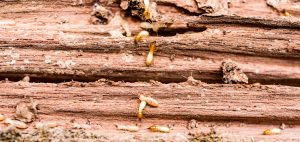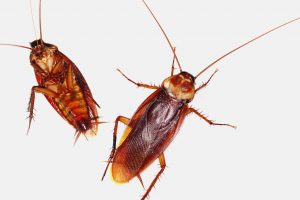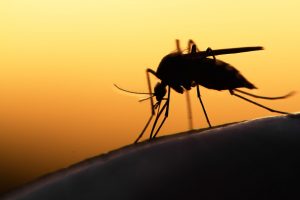
The false codling moth is not just any other moth. It is an economic threat, causing millions of dollars worth of damage each year to crops and land. Its main targets are crops such as citrus trees, nut trees, and cotton plants. A warm-weather pest, this moth is common in the southern part of the United States, in states such as Florida or Georgia. Believed to have originated in Africa, the false codling moth is a force to be reckoned with when it comes to infestation. However, there are certain measures you can take to protect yourself from the effects of this damaging insect.
The Effects of the False Codling Moth
The false codling moth has four life stages: egg, larva, pupa, and adult, with the larva being perhaps the most destructive stage. Moths will lay their eggs somewhere between 5 p.m. and 11 p.m., when temperatures are lower and the sun is out of sight. They lay eggs on the surface of host fruits, where the eggs remain until they hatch. The warmer the temperature, the quicker the larvae will emerge.
When the eggs hatch, the larvae emerge and burrow into host fruit, where they may start feeding almost immediately. Only a few larvae survive per fruit, with each larva making its way slowly to the center of the host. This causes immediate fruit loss to most crops and trees, causing economic damage. If the issue is not addressed properly, entire acres can be decimated, as most false codling moths can lay upwards to 800 eggs. Considering to such fast hatching and maturing rates, it is no wonder that many farms, groves, and everyday gardens can suffer damage in very short amounts of time.
Protecting Against the Codling Moth
The preferred method for protection against the false codling moth is prevention. However, if you do discover false codling moths on your property, you may consider using pesticides. Removing affected trees, bushes, shrubs, and plants can help to prevent future moths from infesting the area and from contaminating surrounding plant life.
Scientists are currently working to discover ways to introduce a virus specifically geared toward targeting and destroying the codling moth. Although a likely option for future agriculturists, this method is not yet a viable option for pest control services.





